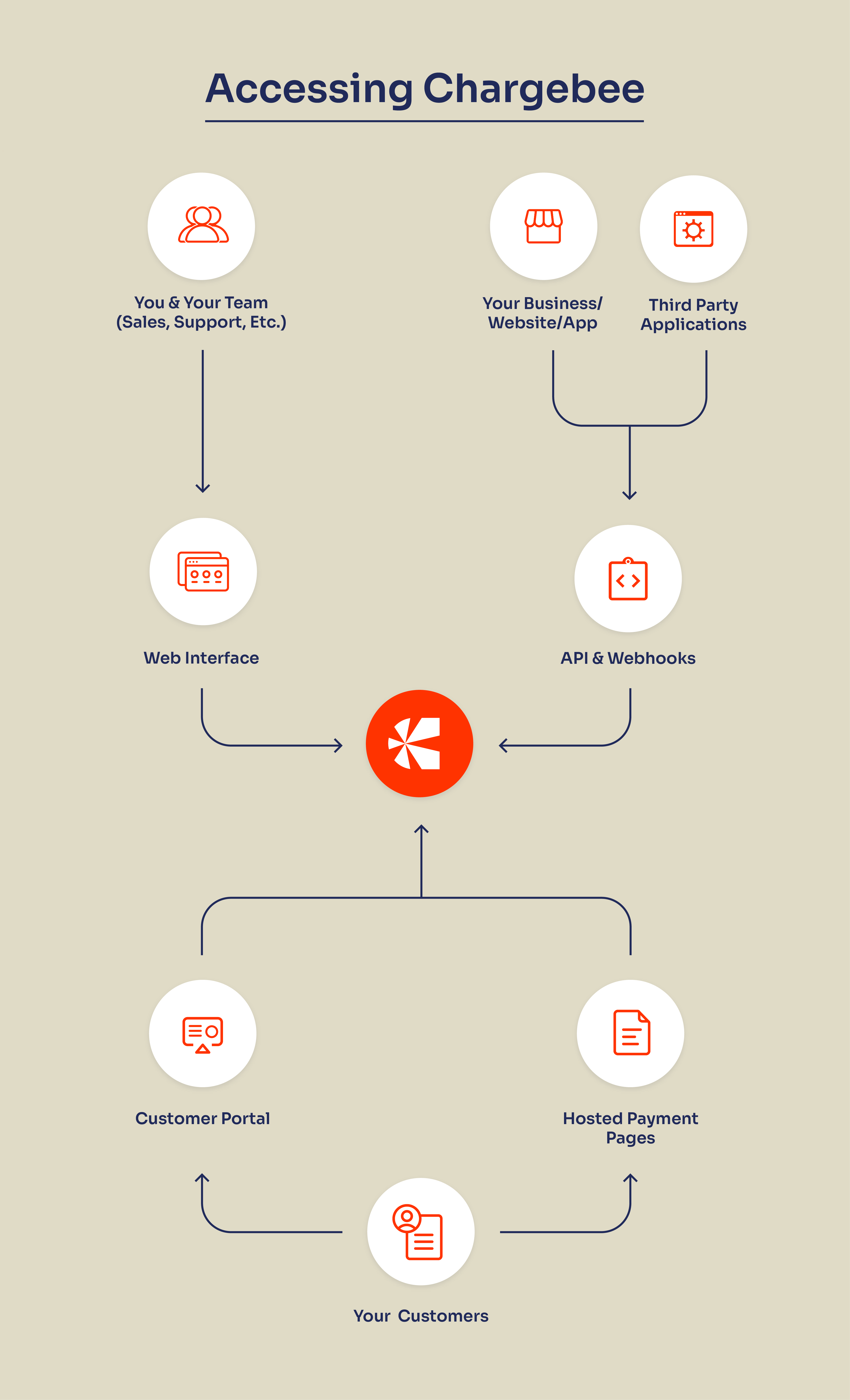

Plus, it reinforces that the client portal is just another stop along the entire customer experience. Matching colors and inserting your logo makes it clear to clients that the portal is managed by your company. Your client portal needs to align with the look and feel of your company’s branding. Embed your client portal onto your company’s website where clients can easily locate it, and grant the proper permissions so that anyone trying to login only has access to their information relevant to their account. Your client portal must be easy to find in order for people to use it. This allows you to upload, share, and store important data across platforms, ensuring that the information your clients are viewing is the most up-to-date and accurate. Integrate it with your other business appsĬonnecting your client portal system to your other business apps is crucial to maximizing efficiency. You should also determine what to do with older data that your clients may no longer need access to. Create a map of the data you want includedīuild a blueprint of the information you want to include in your client portal, as well as a basic layout for how that information will be found. However, there are still some standard ways to use your client portal to maximize its benefits, no matter your business or industry. There is no one-size-fits all when it comes to building a client portal for your clients, so it’s up to you to determine how you want your clients to use and interact with it. How you use your client portal is entirely dependent on your business and your customers’ needs. With a customer portal, customers can log in anytime they want and get access to things they need without having to reach out directly to the company. Many companies now employ a customer portal solution, something that puts the power into the customer’s hands. So if a customer needs this information, they must reach out to the company, ultimately taking account executives and customer service agents away from other work. While this can be an effective tool for outreach efforts, it doesn’t give customers quick access to the things they want, like status updates to open customer service tickets or account information. In the early days of the internet, email was the main line of communication between a company and its customers.

Client portals, also called customer portals, rely on client portal software, which gives clients the ability to securely log in and access information, files, and services online. Typically, these portals are accessible via a web browser or mobile app. Organizations often use client portals as a central place to share information with their customers. A client portal is a secure digital gateway to an organization's network, community forum, customer information, knowledge base, and/or other information. To learn more about how Moxtra is helping support businesses with OneStop Client Interaction Hubs, visit. Moxtra has powered hubs for small firms, solo practitioners and large multi-department firms such as Wade Law, Omnia Law, Masferrer Associates, Claire Piro Attorney & Mediation, and more. Moxtra's OneStop Client Interaction Hub has been built over several years in partnership with some of the world's leading banks - addressing the rigorous security and compliance needs of regulated industries.

Through the Hub, lawyers can streamline the delivery and management of high-value client engagement through automated workflows for case management, legal consultations, contract negotiations, due diligence and more. Moxtra's solution includes a secure, interactive Client Hub which enables clients to effectively communicate with their legal teams and a Business Management Hub for lawyers to holistically manage their clients.

Acting as a fluid extension of a firm's existing website, web or mobile app, or as a standalone web and mobile app, Moxtra's OneStop Client Hub gives law firms the tools to reach in to clients and support them through every stage of their business journey.


 0 kommentar(er)
0 kommentar(er)
